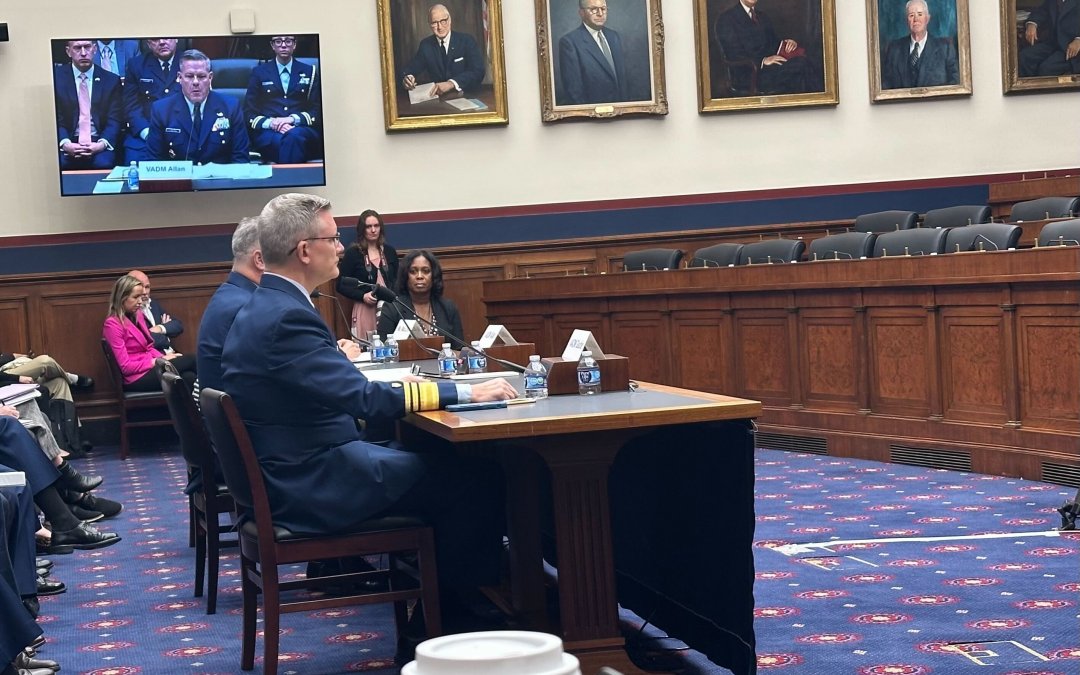WASHINGTON — Transportation committee ranking member Richard Larsen (D-Wash.), questioned Coast Guard leadership on the U.S. ability to ice break in the Arctic Circle compared to competitors Russia and China after the Government Accountability Office released a scathing report about the operations.
The U.S. Coast Guard is tasked with managing American responsibilities in the Arctic through its presence in Alaska. This team’s primary aim is icebreaking recapitalization, which involves regulating the quantity of and patrolling ice in the Arctic Circle.
Despite this, the American fleet has only two ships capable of breaking heavy ice in the Arctic. Russia has 55 vessels and China, which does not have an Arctic coast, has four.
Rep. John Garamendi (D-Calif.), appeared frustrated about the timeline for new ships still being many years away. He asked the panel whether the U.S. is threatened by our lack of ships.
“We have a national security threat now,” Coast Guard Vice Admiral Peter Gautier said. “We need eight to nine ships as soon as possible, but it’s going to take a long time to build them.”
In recent years, this task has become more difficult, with longer and colder winters affecting much of the northern hemisphere. Alaska and, by extension, the Arctic Circle are valuable to United States national security, serving as the closest domestic military port to Russia.
Chairman Daniel Webster said the U.S. needs to catch up in our need for more icebreaking ships.
“It is well beyond time to carry out our mission with new ships,” Webster said. “Nearly a year has passed [since Congress first inquired] and we don’t have a plan.”
Vice Admiral Thomas Allan Jr. emphasized that the Coast Guard must receive support from the Navy in this process, as these new ships will be the Coast Guard’s first icebreakers in more than fifty years.
“We do not have enough to complete ship one,” Allan said. “The Coast Guard is a capital intensive operation, and we fall further and further behind the Department of Defense each year.”
Larsen, whose district features the third largest domestic port with significant shipbuilding facilities, echoed this sentiment and insisted that “our presence in the Arctic equals our sovereignty.”
Heather MacLeod, who authored the GAO report and directs the Homeland Security and Justice team, testified before the subcommittee.
“The Coast Guard has done a good job at assessing risk in the region,” MacLeod said. “But its reliance on an aging fleet has hindered the service’s ability.”
MacLeod said the program to build new ships has experienced design challenges as it does not have its own facility. The Coast Guard leases its hangar space in Alaska.
Gautier, who has served in the Coast Guard for 37 years, said the committee must consider providing more funds to Arctic operations to see successful reinvestment rather than just focusing on vessels.
“The Coast Guard is more valuable today than ever before,” Gautier said. “We promote a peaceful, stable and cooperative Arctic in this unique and challenging maritime environment.”
Allan said the first of these ships will be approved to begin production before the end of the year.


